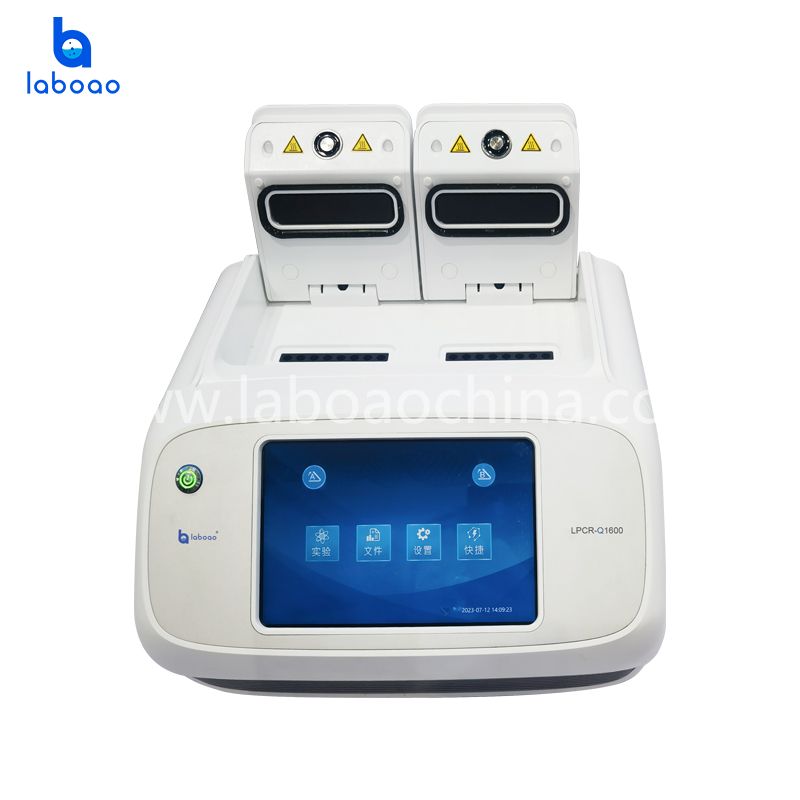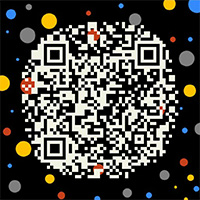How to choose a fluorescent quantitative PCR instrument?
1. The detection flux of the instrument
The first thing to consider is how often the laboratory needs to use a quantitative PCR instrument. David Ginzinger, head of genome analysis equipment at the University of California, San Francisco Cancer Center, has tested most of the quantitative PCR machines on the market. He said that if it is not used on a large scale, for example, it is mainly used to test known genes, then it does not need expensive high-end products. But for those laboratories that need to find new drug targets and disease markers, they need instruments that can hold 384-well plates and run faster. However, only such a high-throughput instrument is not fast enough, and you will find that sample preparation becomes a bottleneck for rate limiting. Therefore, high-throughput laboratories often require further automated instruments. As long as the button is pressed, the instrument will automatically process samples, purify nucleic acids, and prepare PCR templates.
2. The ability of multiple amplification
Multiple amplification is getting hotter. Real-time quantitative PCR equipment is not immune. The high-end quantitative PCR instrument has multiple detection channels, so the instrument can detect the amplification process of multiple templates in the same sample tank. The new LightCycler2.0 has 6 detection channels, 3 more than the original. SmartCyclerⅡ has 4 detection channels. Stratagene, which is famous for its library products, also has a quantitative PCR instrument Mx3000P with less than half the price of Roche and a good reputation, that is, 4 detection channels. However, multiple amplification is not suitable for everyone because it complicates the experiment.
3. Software
When you are ready to choose a quantitative PCR instrument, you must check the attached software. Is it convenient to use, can you carry out the analysis you need, there are several output formats. However, you need to pay attention to whether the software that is too easy to use is relatively simple in function and cannot perform complex calculations. The previous software requires you to do further analysis. The new software can already handle everything. In addition to basic functions, some software can also have more functions, such as primer and probe design, multiple analysis design, background correction, data normalization and so on. Willian Demyan, head of the application and technical service department of Roche's Applied Science Department, emphasized that quantitative PCR is a process of geometric amplification. At the beginning, there is a copy difference, and the results vary by geometric order.
4. Flexibility
Large-scale busy laboratory equipment is certainly enviable, and conventional laboratories can also have wonderful choices. The current suppliers have many technical experts, not only to understand your current needs, but also very thoughtful for you to consider possible future demand changes, such as providing a variety of upgradeable accessories and modules. BioRad's MyCycler can select modules and upgrade to real-time quantification. ABI's quantitative PCR instrument has a variety of different sample tanks, which can change 96-well tanks into double 384-well tanks to meet some high-throughput requirements. For laboratories who have just started to do qPCR in small quantities, the SmartCycler II quantitative PCR instrument is a good choice. A basic module has 16 independent temperature control sample tanks, and 16 completely independent different experiments can be performed at the same time or before and after. "Access"; when the laboratory needs a larger-scale experiment, it can be upgraded very economically, from 1 to 6 basic modules, which is 96 sample wells. Although 96-well plates cannot be used, when a student starts a small amount of experiments, others can also plug in at any time to start their own independent experiments, and they do not interfere with each other, which increases flexibility. It is a very flexible option for laboratories that only have a small number of experiments and have a tight budget at the beginning.
5. Uncertainty
Although the software can be partially corrected, it is better to buy an instrument with less systematic errors without requiring so many calculation corrections than by calculation. Cinzinger believes that special attention should be paid to the differences between the sample wells of the instrument. In addition to the well-known temperature differences between the sample holes, there are also small differences in the optical path distance between the sample hole and the detection probe, the slight difference in the length of the fiber responsible for sending and receiving and transmitting signals, the small difference in the distance and angle between the lens and the sample hole, and even The effect of the sample cell on signal transmission. Cinzinger has done the same test on most of the commercially available quantitative PCR instruments. He amplifies the same samples and reagents in real time in each well of the instrument. Unfortunately, many times, there will be different results between different sample wells.
6. Selection of kits
Although sales staff will boast of excellent quality control kits and solutions will get one-on-one results, but the purchase of off-the-shelf kits is not a solution to the differences. Serious evaluation experiments and analytical experiments are the solutions.


